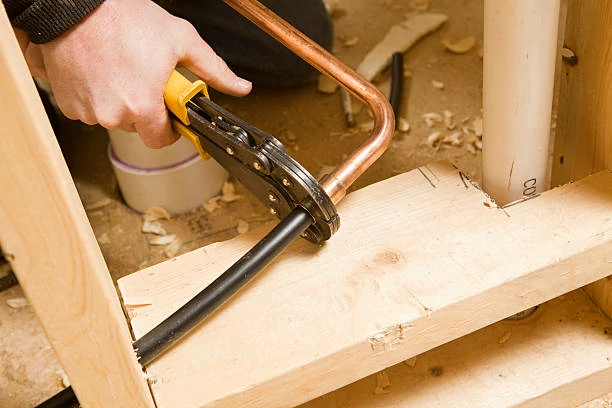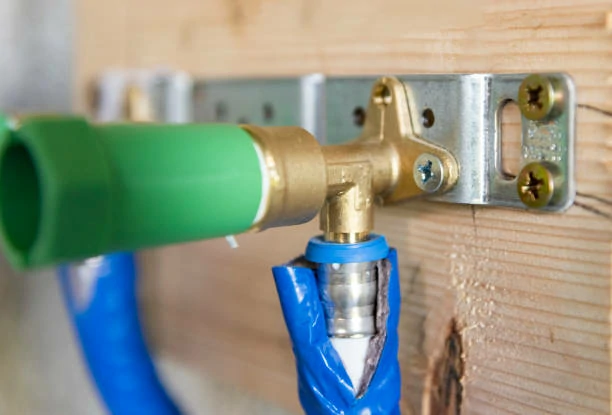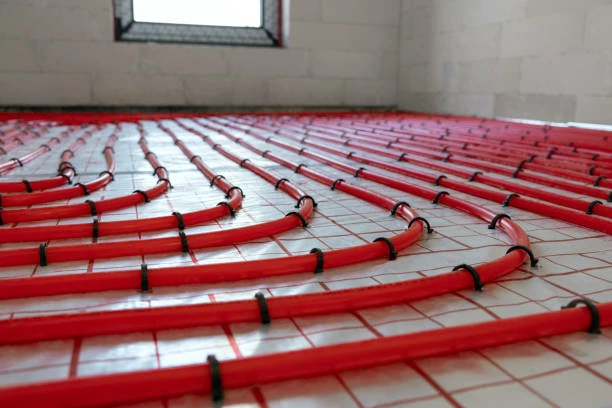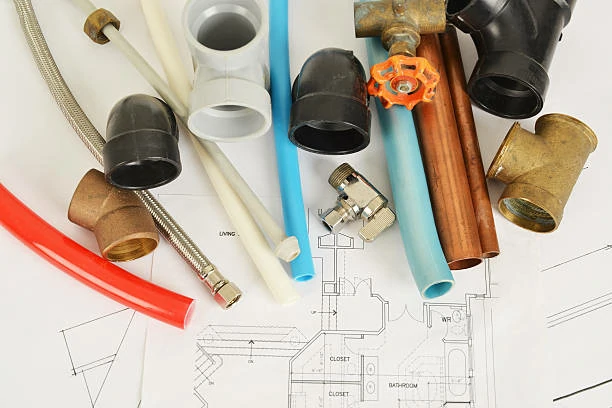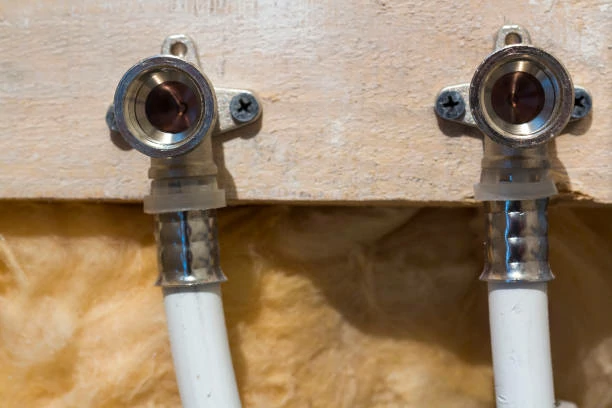Introduction:
Transitioning from PEX to copper pipes in plumbing projects requires careful planning and the right tools. This article provides essential tips and tools for a seamless transition, ensuring reliable connections and optimal performance.
Understanding Compatibility:
Before transitioning from PEX to copper, it’s crucial to understand the compatibility between the two materials. Ensure that the brass fittings and connectors are compatible with the size and type of PEX pipes being used to avoid compatibility issues during installation.
Selecting Transition Fittings:
Choose transition fittings specifically designed to connect PEX tubing to copper pipes. These fittings typically feature a PEX barb on one end and a copper sweat or compression fitting on the other. Facilitating a secure and leak-free connection between the two materials.
Proper Preparation:
Properly prepare the PEX and brass pipes before making the transition. Clean and deburr the ends of the pipes to ensure a smooth surface for a tight seal. Use a pipe cutter to cut the pipes to the desired length, ensuring precise measurements for accurate connections.
Applying Flux and Solder:
When connecting PEX to copper using soldered fittings. Apply flux to the cleaned copper pipe and the inside of the fitting to promote solder adhesion. Heat the fitting with a torch until the solder melts and creates a watertight seal. Ensuring a secure connection between the PEX and copper pipes.
Using Compression Fittings:
Alternatively, compression fittings can be used to connect PEX to copper pipes without the need for soldering. Simply slide the compression nut and ferrule onto the PEX pipe. Insert the pipe into the copper fitting, and tighten the nut with a wrench to create a reliable connection.
Flaring Tools for Copper Pipes:
If transitioning from PEX to copper pipes with flared fittings, use a flaring tool to create a precise flare on the end of the copper pipe. This flare allows for a secure connection between the copper pipe and the flare fitting, ensuring leak-free performance.
Testing for Leaks:
After making the transition from PEX to copper. Thoroughly test the connections for leaks before covering them with drywall or insulation. Use a pressure gauge to pressurize the system and check for any signs of leakage. Ensuring the integrity of the plumbing system.
Insulating Copper Pipes:
To prevent corrosion and freezing, consider insulating the copper pipes after making the transition. Use foam pipe insulation or heat tape to protect the copper pipes from temperature fluctuations and environmental factors, prolonging their lifespan and ensuring efficient operation.
Adhering to Building Codes:
Ensure compliance with local building codes and regulations when transitioning from PEX to copper pipes. Familiarize yourself with the requirements for materials, installation methods. And inspection procedures to avoid potential issues and ensure the safety and legality of the plumbing project.
Seeking Professional Assistance:
For complex plumbing projects or unfamiliar installations, consider seeking professional assistance from licensed plumbers or contractors. Their expertise and experience can help ensure a successful transition from PEX to copper. Minimizing the risk of errors and ensuring optimal performance.
Conclusion:
Transitioning from PEX to copper pipes requires careful consideration of compatibility. Proper preparation, selection of transition fittings, application of solder or compression fittings, testing for leaks, insulation. Adherence to building codes, and potentially seeking professional assistance. By following these essential tips and using the right tools. Homeowners and professionals can achieve reliable connections and efficient plumbing systems.
Contact
We will reply your email or fax within 24 hours.
You can call us at any time if there is any question on our production.
For more information,pls visit our webside https://www.ifanplus.com/
Pls Mailto: sa**********@if*******.com

